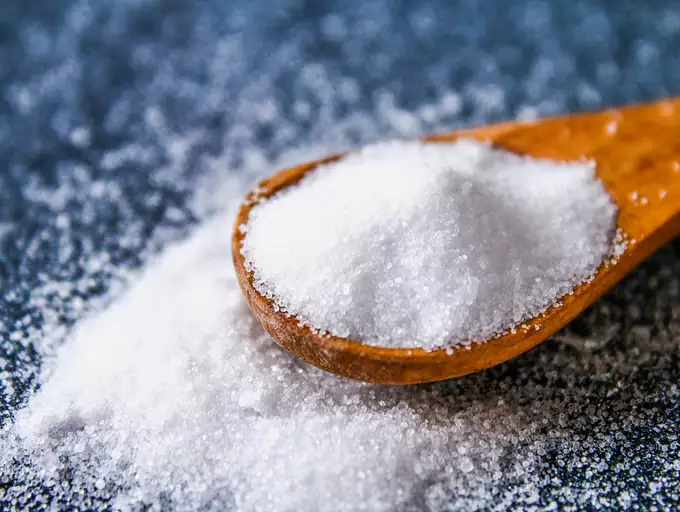“You need a body to preserve your soul, not a set of abstract principles.” 
The link between iodine and acne is widely reported! Iodine can produce acne-like eruptions and exacerbate existing acne. Acne induced by iodine can sometimes resemble acne triggered by steroids (fig. 1) and may initially look like pustules, but most commonly appear on the upper body and face.
When iodine is consumed, the body reduces it to its iodide component, which is then absorbed into the bloodstream to be used by the thyroid gland. Iodides are essential for the manufacture of hormones by the thyroid gland. These hormones control the body’s metabolism and many other important functions. The body also needs thyroid hormones for proper bone and brain development of your baby during pregnancy. However, when there is more iodide than the body can use, the excess is excreted through many avenues, including the sweat glands. That’s where it can become a problem for your skin!
It’s especially troublesome to the susceptible pores in acne prone skin. Large enough amounts can induce acne in even skin that’s normally clear. In fact, iodide is such a potent trigger for acne that it is often used in skin research to create acne (2). In patch tests, potassium iodide has been associated with inflammatory follicular pustules (3).
When there was concern that Americans weren’t getting adequate levels of iodine to keep them healthy, the solution was to add iodine to table salt, something pretty much everyone used daily. Today, it’s less of a problem, and most people get plenty through food when eating a balanced diet. To be sure you’re not getting too much, always take note of what you are consuming (supplements can be tricky) and where iodine might be hiding. The amount of iodine you need each day depends on your age. Average daily recommended amounts according to The National Institute for Health are listed below in micrograms (mcg): It has even been hypothesized that the potential link between acne and dairy consumption in some patients can be related to the iodine content of milk, which comes from iodine-containing animal feed (salt sticks) and milking sanitizing solutions (3). In addition to its common use in vitamin and mineral supplements, iodine is found in kelp seaweed supplements, vitamin B6-B12 tablets and more. What are some hidden culprits:
It has even been hypothesized that the potential link between acne and dairy consumption in some patients can be related to the iodine content of milk, which comes from iodine-containing animal feed (salt sticks) and milking sanitizing solutions (3). In addition to its common use in vitamin and mineral supplements, iodine is found in kelp seaweed supplements, vitamin B6-B12 tablets and more. What are some hidden culprits:
The idea isn't to completely eliminate foods (dairy maybe) or food groups completely. I do suggest you cut back and moderate some food types, then introduce a few back slowly so you can distinguish what triggers you. There is a good amount of the above listed, that have been clinically proven to be a problem for most acne sufferers (fig 2.). In dermatology, we also know that some people have trigger foods such as citrus, but this is not across the board. What can you do at home to troubleshoot excess iodine? Read the labels for iodine content in processed foods and supplements and limit consumption of items with very higher concentrations of iodine. Remember that sodium is not the same as iodine and not all salt is iodized. One teaspoon of iodized table salt contains 400 micrograms of iodine, which is more than double the recommended daily allowance, so reducing your intake of iodized salt is the easiest way to avoid getting too much. Your goal is not to eliminate iodine, but rather to regulate it. A balanced diet of real foods is key, but watch out for your supplements and foods you eat along your fitness journey.
What can you do at home to troubleshoot excess iodine? Read the labels for iodine content in processed foods and supplements and limit consumption of items with very higher concentrations of iodine. Remember that sodium is not the same as iodine and not all salt is iodized. One teaspoon of iodized table salt contains 400 micrograms of iodine, which is more than double the recommended daily allowance, so reducing your intake of iodized salt is the easiest way to avoid getting too much. Your goal is not to eliminate iodine, but rather to regulate it. A balanced diet of real foods is key, but watch out for your supplements and foods you eat along your fitness journey. Vitamin A
Vitamin A
Benzoyl Peroxide
Salicylic Acid
Hyaluronic Acid & Humectants
Allantoin
Peptides
Antioxidants
& ICE
Shop ->
Questions, comment below
#acne #iodine #steroidacne #inflammatoracne #pustules
References:
Aksoy B. Ipsilateral facial paralysis and steroid acne. Indian J Dermatol Venereol Leprol 2017;83:376-378
Fulton, J. E. (2001). Acne rx: What acne really is and how to eliminate its devastating effects!
Bowe WP, Joshi SS, Shalita AR. Diet and acne. J Am Acad Dermatol. 2010;63:124–41.
Harrell BL, Rudolph AH. Letter: Kelp diet: A cause of acneiform eruption. Arch Dermatol.
Arbesman H. Dairy and acne--the iodine connection. J Am Acad Dermatol. 2005;53:1102.
Danby FW. Acne and iodine: reply. J Am Acad Dermatol. 2007;56:164–5.
Jackson R. Nonbacterial pus-forming diseases of the skin. Canadian Medical Association Journal. 1974;111:801.
https://ods.od.nih.gov/factsheets/Iodine-Consumer/
